Search Results for 'Claddagh ring'
26 results found.
The Fishmarket
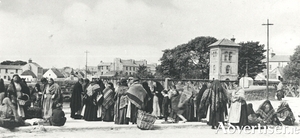
The village of the Claddagh was a unique collection of thatched houses arranged in a very random fashion, occupied by a few thousand souls. They had their own customs, spoke mainly in Irish, intermarried each other, had their own code of laws, and elected their own king. He was quite powerful in many respects and usually solved local disputes. Claddagh people rarely went outside the village to courts of justice. Virtually the entire male population was involved in fishing, but when they landed their catch, it was the women who took over. They were the members of the family who went out and sold the product.
Claddagh property prices increase since Covid

It was widely reported in the national media that property would be negatively impacted by Covid with prices expected to fall by an average of 10 per cent. This certainly has not been the case in Galway with auctioneers reporting an increase in demand for property across the city. One of the strongest areas of demand has been The Claddagh.
An account book of the Dominicans in the Claddagh 1727-1738
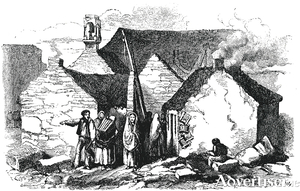
In 1698, the Dominican Community in the Claddagh were dispersed and exiled under a general exile of religious orders but within a few years, three of the friars had returned. It was the time of the Penal Laws, but gradually the pressure on these fathers eased, thanks largely to the refusal of the mayor and sheriffs to implement the anti-Catholic mandate of the English government. The priests were back in the Claddagh, tolerated by the officials.
New Claddagh exhibition at Galway City Museum
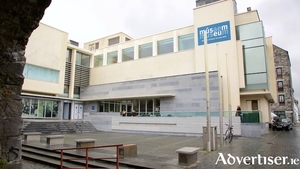
An exhibition of paintings, sketches and photographs of the Claddagh and the Fishmarket at the Spanish Arch opens at the Galway City Museum today (Thursday).
The end of the old Claddagh
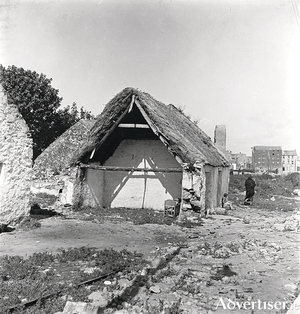
In 1812, there were 468 cabins or houses, all thatched, in The Claddagh. These were occupied by 50 families, totalling 1,050 males and 1,286 females. That was a lot of people and houses in a relatively small geographical area and could be described as a “clachan”, a large irregular group of houses clustered closely together. All of these houses were single storey buildings, only the two-storeyed Aran View House and the early 19th century coastguard houses were higher.
Stunning bungalow in The Claddagh
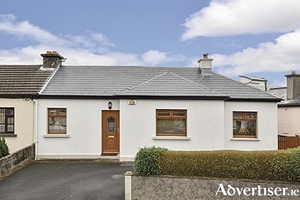
Finding a bungalow in Galway is difficult, finding a bungalow in turnkey condition in one of Galway's most sought after areas is rarer still.
Stunning bungalow in The Claddagh

Finding a bungalow in Galway is difficult, finding a bungalow in turnkey condition in one of Galway's most sought after areas is rarer still. No 6 St Dominick's Road, Claddagh, is a stunning, spacious, end of terrace bungalow which was reconstructed and extended in 2005 to a very high standard.
Judge for yourself in The Claddagh
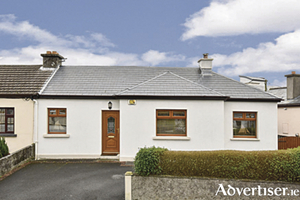
A queue outside No 6 St Dominick’s Road, The Claddagh, on Saturday gave some indication of the interest Colleran auctioneers has seen in this beautiful bungalow.
Hardiman’s description of The Claddagh

“The only occupation is fishing; they never trouble themselves with tillage; a milch cow and a potatoe garden are rare among them ------, then on shore they are principally employed in attending to, and repairing their boats, sails, rigging, cordage etc .., and in making, drying or repairing their nets and spillets, in which latter employment they are generally assisted by the women who spin hemp and yarn for the nets ....
Familiar Claddagh ring at latest Colleran auction

It was a case of quality not quantity last week when Don Colleran auctioned properties in some of Galway's most sought after and desirable locations.

